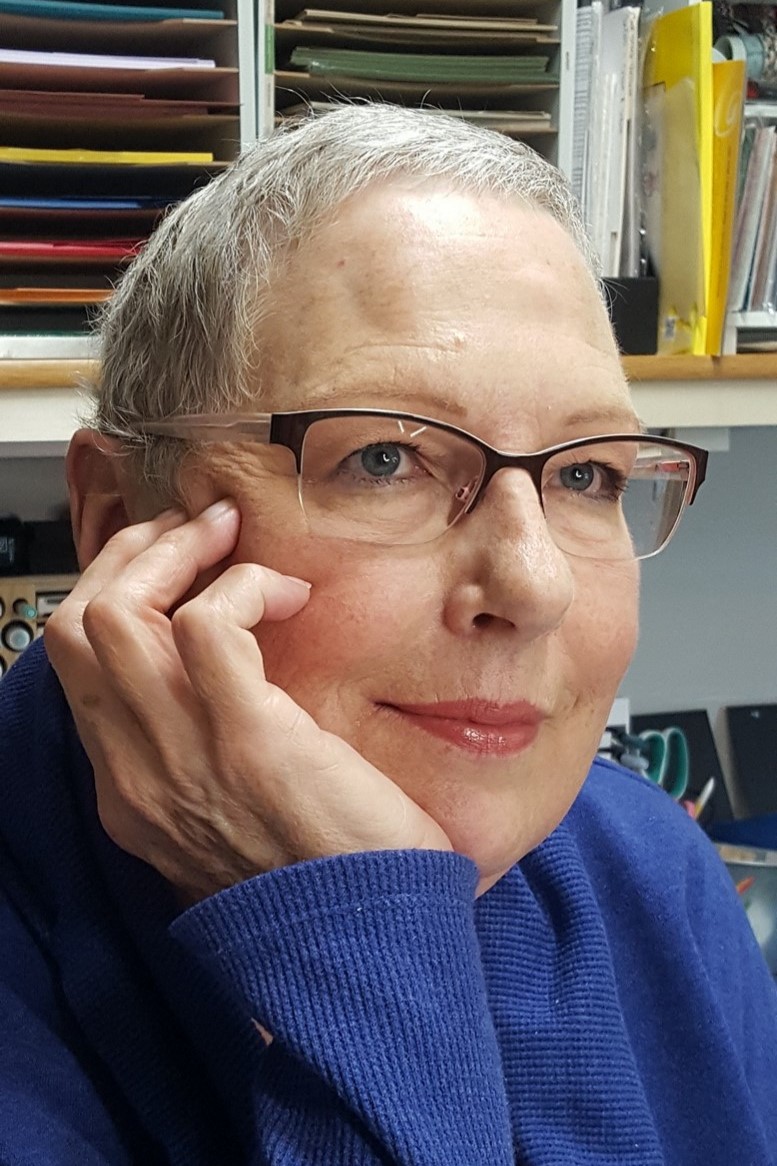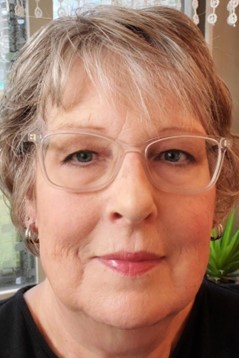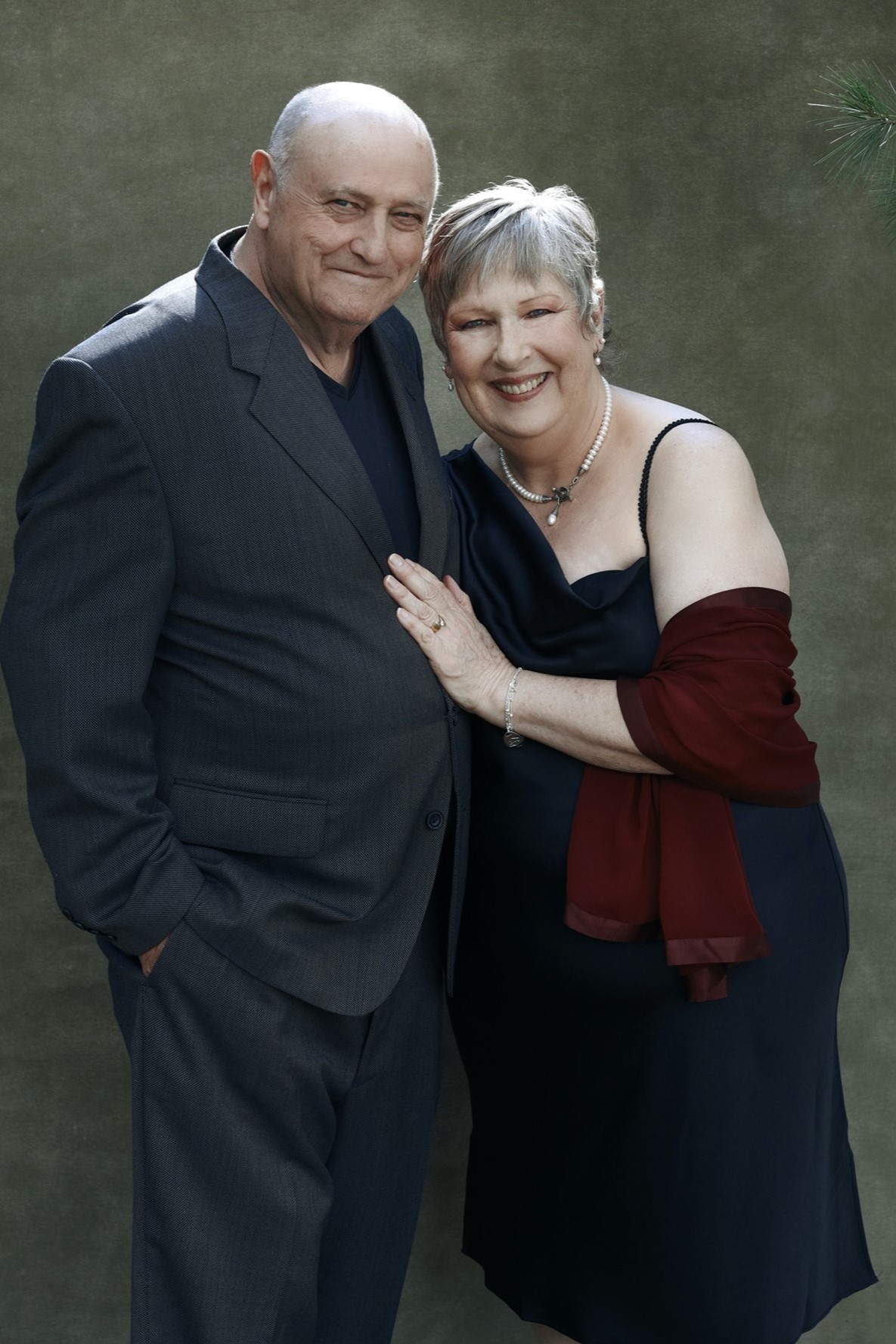Multiple Myeloma: “I roll with the punches, stay active when I can, and rest when I need to.”
Published 17 Apr 2024 • By Somya Pokharna
Carenity US member @SallyAllen's story is a powerful testament to the human spirit's resilience in navigating life's unforeseen challenges. Diagnosed with Multiple Myeloma, a cancer of the plasma cells, Sally's life in retirement shifted dramatically, giving way to rigorous medical treatments and personal adjustments.
In this interview, she unveils her journey from the initial symptoms to the emotional impact of her diagnosis, and the complex treatments she continues to undergo, highlighting her courage and determination throughout such a challenging process. She also shares the active changes she's made to her daily life to stay fit and the strength she draws from her support system.
Read on to learn more about Sally’s inspiring story, which offers hope and valuable insights into living with Multiple Myeloma and underscores the importance of adapting and persevering in the face of life-changing challenges.

Hello Sally, and thank you so much for agreeing to share your story with us on Carenity.
Multiple Myeloma is an incurable cancer of the plasma cells in the blood. These cells normally manufacture antibodies. Symptoms vary widely from person to person because the disease is diagnosed at various stages. Some people may experience mild symptoms like back pain, while others may go into the early stages of kidney failure before the disease is diagnosed.
First of all, could you tell us more about yourself?
I am Sally Allen, second child of six, wife of 51 years, and mother of two adult children. I have the best kids-in-law in the world! I love gardening, paper crafting, sewing, quilting, and crocheting. I loved being outdoors in Colorado, but here in Indiana, that is not always so easy! The hot humid weather is so oppressive, I have had to learn to get outdoors in the early morning hours when the temperature is milder and the humidity is not so overbearing.

May 2019: Just before Stem Cell Transplant
How was your Multiple Myeloma discovered, and what were the initial steps taken for your treatment?
For me, Multiple Myeloma (MM) was caught very early at Stage II. In September 2018, we had completed a gruelling move across the country from Colorado to Indiana to be near our daughter after my husband recovered from a severe illness with sepsis, which had settled in his spine, and necessitated back surgery. Friends helped me pack up in Colorado, but the bulk of the unpacking landed on me. I have had lower back pain since an injury when I was a teenager, so I headed to my new local doctor to explain to her that I normally go to physical therapy to clear up the pain. She suggested x-rays since I was a new patient, and she was just getting to know me. After she reviewed the films, she sent me to an orthopedic specialist. He ordered an MRI, which was done fairly quickly and late in the day.
While I was preparing dinner that same day, my phone rang, and it was the fellow in the ortho clinic telling me they couldn’t help me and that I should see an oncologist. That was very unnerving, but I didn’t have a lot of time to think about it because my phone rang again, and it was the other fellow from the ortho clinic telling me to follow-up with my primary care provider (PCP) right away. When my phone rang for a third time, it was my PCP’s office asking if I could be at the office at 9:00 am the following morning. My daughter and husband accompanied me to the appointment the next morning, and we were given a possible diagnosis of Multiple Myeloma (MM). I knew what that was because a dear friend of mine has the same disease. I cried. I was scared. And I was referred to a haematologist/oncologist right away. He explained the disease process and that there is no cure, but explained that there are many types of treatments that keep patients in remission, sometimes for many years. He ordered a bone marrow biopsy to confirm the MM diagnosis and to determine the type.
I have IgG Kappa Multiple Myeloma with High-Risk TP53 Deletion, Monosomy 13, and gain of Chromosomes 9 and 11. Because of the high-risk factors, it was recommended I get on treatment right away that would put me in remission in preparation for an Autologous Stem Cell Transplant (SCT), where my own stem cells would be harvested and later used for the transplant. This was all explained to us near Christmas 2018. That year, while putting away the decorations, I knew I was also putting away my old life. Thinking about what my new life would be was frightening, but I tried to focus on getting my house in order, literally and metaphorically.
What has been your treatment journey since your initial diagnosis?
In January 2019, I began a very typical treatment protocol for MM, which included Revlimid, Velcade, and Dexamethasone (RVD). The Revlimid and Dexamethasone are pills, which I took at home. The Velcade is an injection, and I went to the cancer center for that. The RVD treatment was effective and by late April 2019, I was considered in remission and began preparations for the Stem Cell Transplant (SCT).

October 2019: Hair growing back after Stem Cell Transplant
The hospital where I was to have the SCT is 100 miles from our home, and the many trips there for pre-SCT testing and cell harvesting were taking their toll on both of us. Our daughter-in-law, who is part human and part angel, came from Colorado to be with me for the entire SCT journey. Our daughter was a professor at the time and could not leave her job. Our DIL got permission to do her job remotely. The SCT went well, but I did not bounce back as quickly as some people. I was sick for the rest of the summer and did not achieve remission until fall. Our DIL stayed the entire time.
In late September, I started having dizzy spells, some so severe I had to sit down. My doctors weren’t concerned and told me to drink more water. One day after leaving a clinic, I passed out while driving on the interstate. I was very lucky I didn’t get hurt or kill someone; however, our paid-for car was totalled. It took this incident plus many trips by ambulance to the ER before anyone took me and my husband seriously. Not one person on my medical team or in the ER ordered a cardiac consult, and they all told my husband he was only imagining that I stopped breathing whenever I passed out. On the final trip by ambulance to the ER, an EMT recognized the pattern on the EKG as Torsades. He called ahead to the hospital, and the cardiologist on-call met us at the door. He took me straight to the ICU. I had a pacemaker/defibrillator implanted the next day, one day before Thanksgiving. I was finally on the right track to recovery.
My treatment was changed from RVD to Darzalex (Daratumumab) that I receive every four weeks. Since my immune system is critically compromised, I also receive IVIg infusions every four weeks. I will stay on this treatment until it stops working, and then I will be put on something else. Research for MM medications has been turning out new treatments much more quickly than in the past. In addition to stem cell transplants, there is CAR t-cell therapy, and targeted therapy where drugs are targeted to kill specific cancer cells.
How have you adapted to living with Multiple Myeloma, and what changes have you made to your lifestyle?
My life is not the life I had imagined in January 2018 when I left my job and entered into retirement. First my husband got sick, then we moved, then I got sick. After my recovery from the pacemaker surgery, I started to feel better, but I knew I would never again be the “energizer bunny” I had always been.
The Cancer Center where I go locally for treatment created a program called Cancer Fit. Any person on chemotherapy can participate in the program for 12 weeks. We get a personal trainer twice a week, and they concentrate on each individual’s needs. I needed to build stamina and strength. We worked on some cardio, but we concentrated on strength training. I credit this program for giving me my life back! Since MM is not curable, I will be on treatments for the rest of my life, so I still qualify for the program. I have been in the program since 2020. Doctors all say how important exercise is to recovery and maintaining remission, but when you are feeling awful, it’s hard to imagine “moving” to feel better. During the assessment at the beginning of the program, I had to crawl over to a machine to get myself up from the floor. Now I can actually do a plank! I really wish every cancer clinic would have the same type of program – I can’t say enough about it!

January 1, 2023: Sally on her 70th Birthday
I now know I have to pace myself to accomplish basic household tasks. I divide the chores over several days instead of trying to get everything done in one day. It used to be efficient to run around town doing all errands in a day. Now, I have to go to one or two places at a time. I’ve learned that overdoing things makes me so tired, that it will take several days to recuperate. I am not picky about household chores the way I used to be, there is just not enough energy for that. Entertaining is doable but takes more planning than before. I have to start several days in advance to accomplish things that used to take one or two days. I have learned to treat myself with grace and allow for “lazy” days where I sit and crochet in order to revitalize body and spirit.
Looking forward, what are your thoughts and feelings about your future living with this condition?
I don’t know how much time I have left, and no doctor can tell me. Clinicians will spout statistics such as 54% of patients diagnosed and treated for MM will make it to the 5-year mark, and many will make it past six years and beyond. This year (2024) marks my fifth year living with this disease. I try to make the most of each and every day, knowing that I am a high-risk patient. I remember how devastated I felt when I first heard the diagnosis, and how hopeless I felt when I didn’t recover quickly from the stem cell transplant. But now I roll with the punches, stay active when I can, and rest when I need to. I know that there are new therapies being tested all the time and if one doesn’t work, the next one will. Until they don’t. And we’ll face that together.

June 23, 2023: Charlie and Sally Allen
"My husband, my rock, and I, having a good laugh on our 50th Anniversary."
A big thank you to Sally for this interview!
Did you find this story helpful?
Click Like and share your thoughts and questions with the community in the comments below!
Take care of yourself!
Comments
You will also like

Multiple myeloma: "We must accept our new normal and make the best of the time we still have!"
14 May 2019 • 1 comment

 Facebook
Facebook Twitter
Twitter

